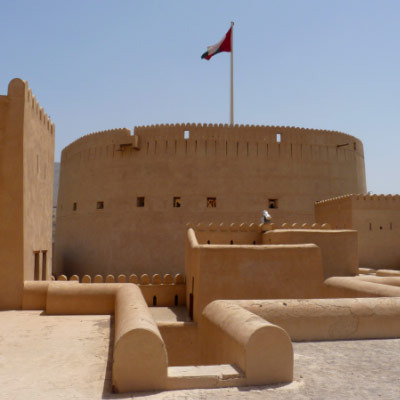Oman
About Country
Oman
Oman Geographical Location and Population Composition
Oman, an enchanting nation on the southeastern coast of the Arabian Peninsula, is known for its strategic geographical location and diverse population. It shares its borders with the United Arab Emirates to the northwest, Saudi Arabia to the west, and Yemen to the southwest, while its lengthy coastline stretches along the Arabian Sea and the Gulf of Oman.
The population of Oman is primarily comprised of Arab Omanis, enriched by various tribal groups, contributing to its cultural tapestry. The capital, Muscat, is both the largest city and a vibrant cultural center, home to a significant portion of the country's population.
Oman's geographical location has historically made it a hub for trade and maritime activities. Its landscape varieds, from the majestic Hajar Mountains to stunning desert dunes, offer a unique blend of natural beauty. The country's rich history, warm hospitality, and distinctive cultural heritage make it an attractive destination for travelers seeking both adventure and culture.Oman experiences diverse climates and seasons, providing a variety of tourism opportunities throughout the year.
Climate conditions and tourism situations in different seasons
Winter, spanning from November to March, is the most popular season. With mild temperatures, it's the ideal time to explore the Omani coastline, especially in Muscat and Salalah, or venture into the deserts and mountains for trekking and camping.
Spring, occurring from March to May, brings blossoming landscapes and moderate weather, making it perfect for nature enthusiasts. The Hajar Mountains are a must-visit for their vibrant scenery, while Salalah showcases lush greenery and waterfalls.
Summer, from June to August, is hot, particularly in the interior regions. However, Salalah offers a unique attraction during the Khareef season when it turns into a green paradise, drawing tourists seeking relief from the scorching summer.
Autumn is an excellent time for diving enthusiasts, with warm waters and clear visibility in the Arabian Sea.
Oman's diverse landscapes offer something special in every season, whether it's the cultural experiences, natural beauty, or adventure opportunities.
Oman's Cultural Cities
Oman's key cities offer a captivating blend of culture and history. Muscat, the capital, is a cultural gem with its Sultan Qaboos Grand Mosque, Royal Opera House, and the vibrant Mutrah Souq. The Old Town, known as Mutrah, showcases traditional Omani architecture and a captivating atmosphere.
Nizwa, the historical heart of Oman, is famous for its traditional souq and the imposing Nizwa Fort. It offers a glimpse into the country's rich heritage.
Salalah, located in the Dhofar region, is known for its lush landscapes, serene beaches, and the Al-Baleed Archaeological Park, a UNESCO World Heritage site.
Bahla, another UNESCO World Heritage site, boasts the Bahla Fort and the traditional pottery industry, providing a glimpse into Omani craftsmanship.
These cities each offer a unique cultural experience, with a focus on Oman's rich heritage, historical sites, and traditional craftsmanship, making them alluring destinations for cultural travelers.
Oman's Natural Attractions
Oman is a haven for nature enthusiasts with its various natural attractions.
Jebel Shams, the "Mountain of the Sun," offers breathtaking canyons and is a great spot for hiking and camping. The Wadi Ghul, known as the "Grand Canyon of Arabia," is an impressive sight.
Wadi Shab is a picturesque valley with turquoise pools and waterfalls, ideal for hiking and swimming. Nearby, the Bimmah Sinkhole is a unique geological formation for swimming and picnicking.
The Empty Quarter, or Rub' al Khali, is the largest continuous sand desert in the world, a destination for desert enthusiasts.
Salalah's Khareef season turns the region into a lush, green landscape, offering a unique contrast to Oman's arid interior.
Oman's natural wonders encompass stunning mountains, valleys, deserts, and coastal landscapes, providing a wealth of opportunities for outdoor adventures and exploration.
Omani food
Omani cuisine is a hidden gem for tourists, offering a delicious fusion of flavors and culinary traditions. One of the highlights is Shuwa, a traditional dish slow-cooked in an underground sand oven, typically reserved for special occasions. Another favorite is Harees, a dish made from wheat and meat, often enjoyed during Ramadan.
Visitors can savor mouthwatering seafood, such as grilled kingfish and lobster, in coastal areas like Muscat and Salalah. The aromatic Al Hareesah, a dessert made from dates and ghee, is a sweet treat.
Exploring Omani cuisine is a cultural adventure, with the chance to enjoy local specialties in traditional settings like Majlis, a social gathering space. Omani hospitality is evident in their generosity when sharing meals, making the culinary experience even more memorable for tourists seeking a taste of authentic Arabian flavors.


